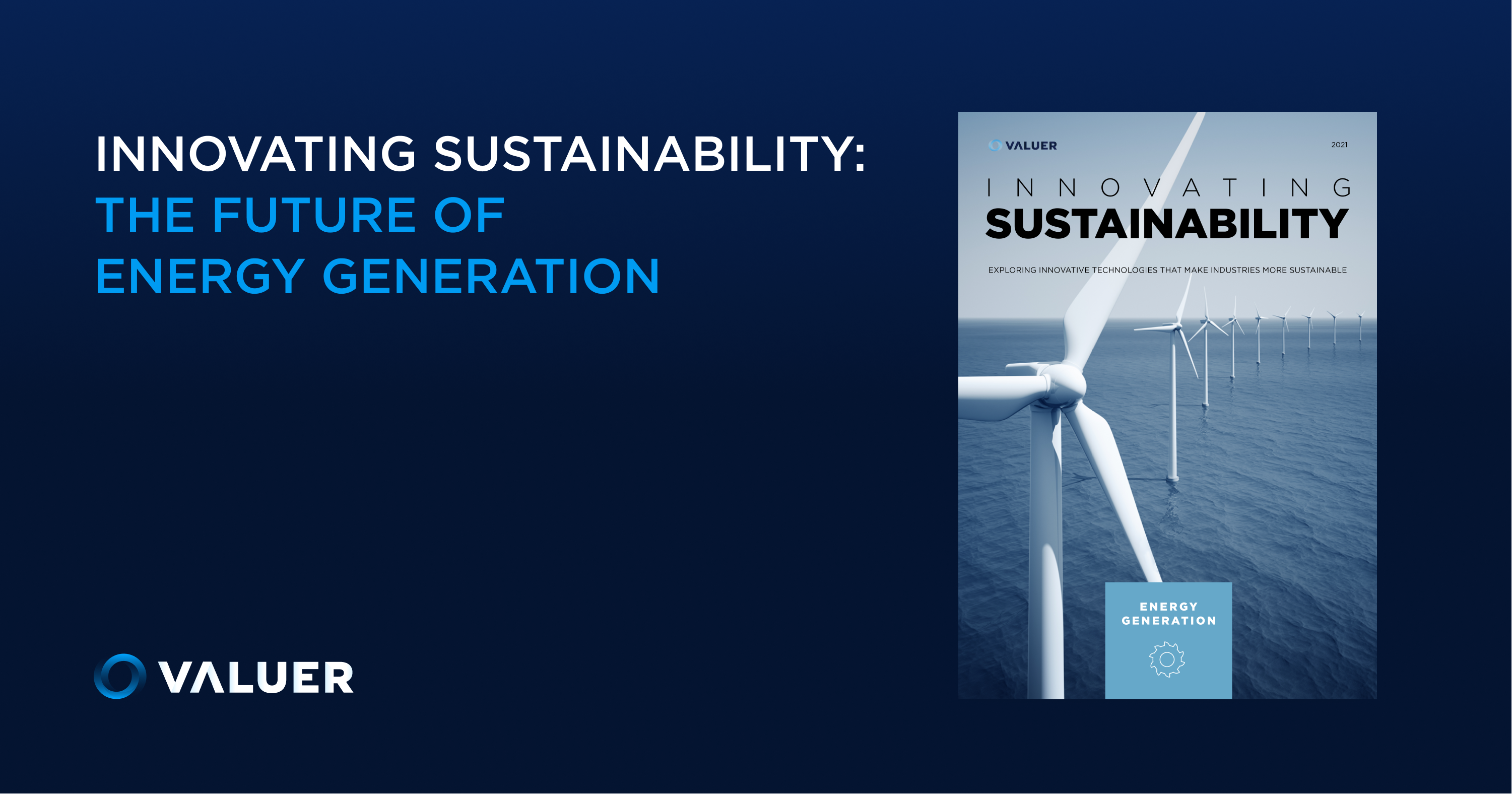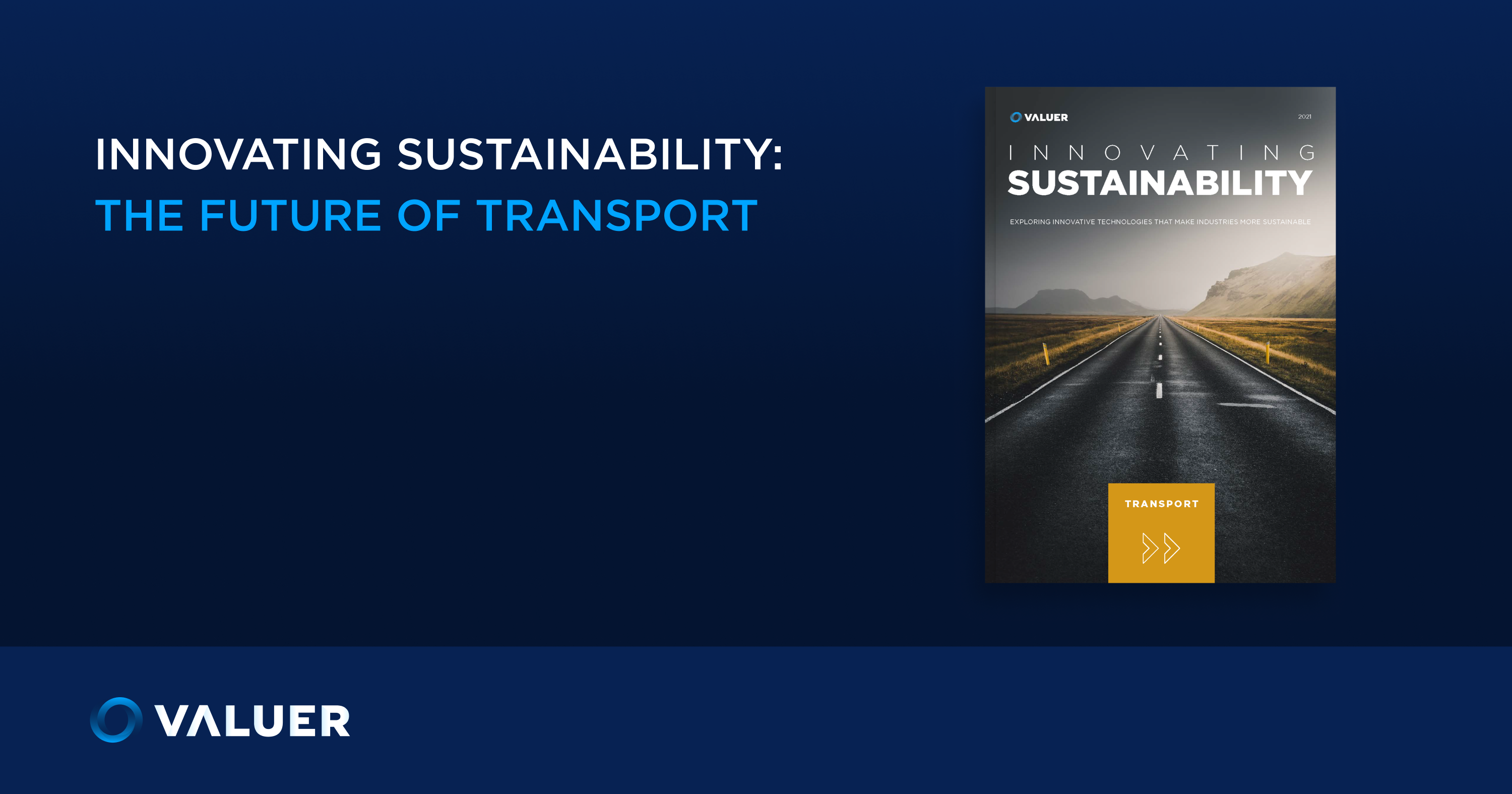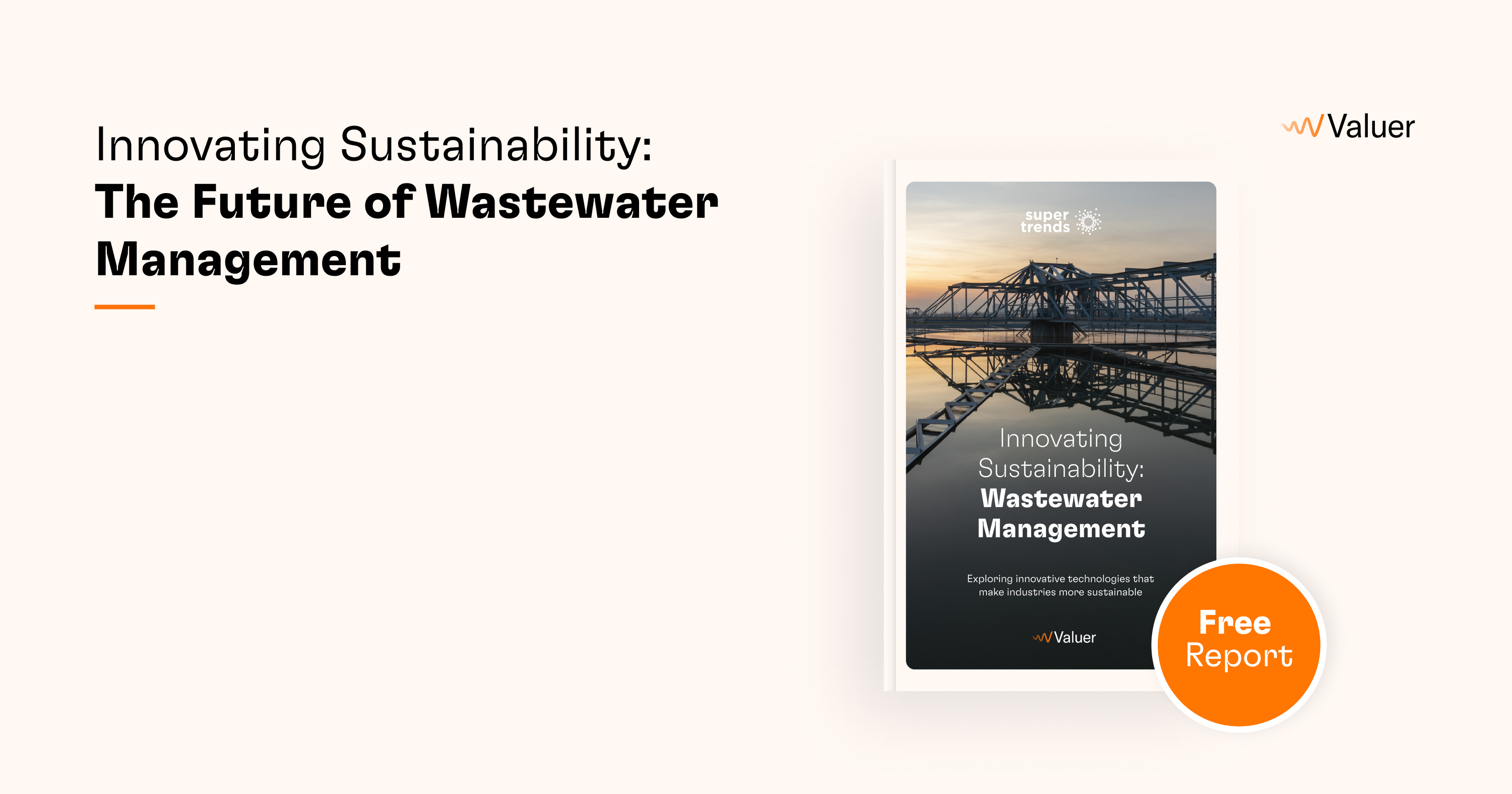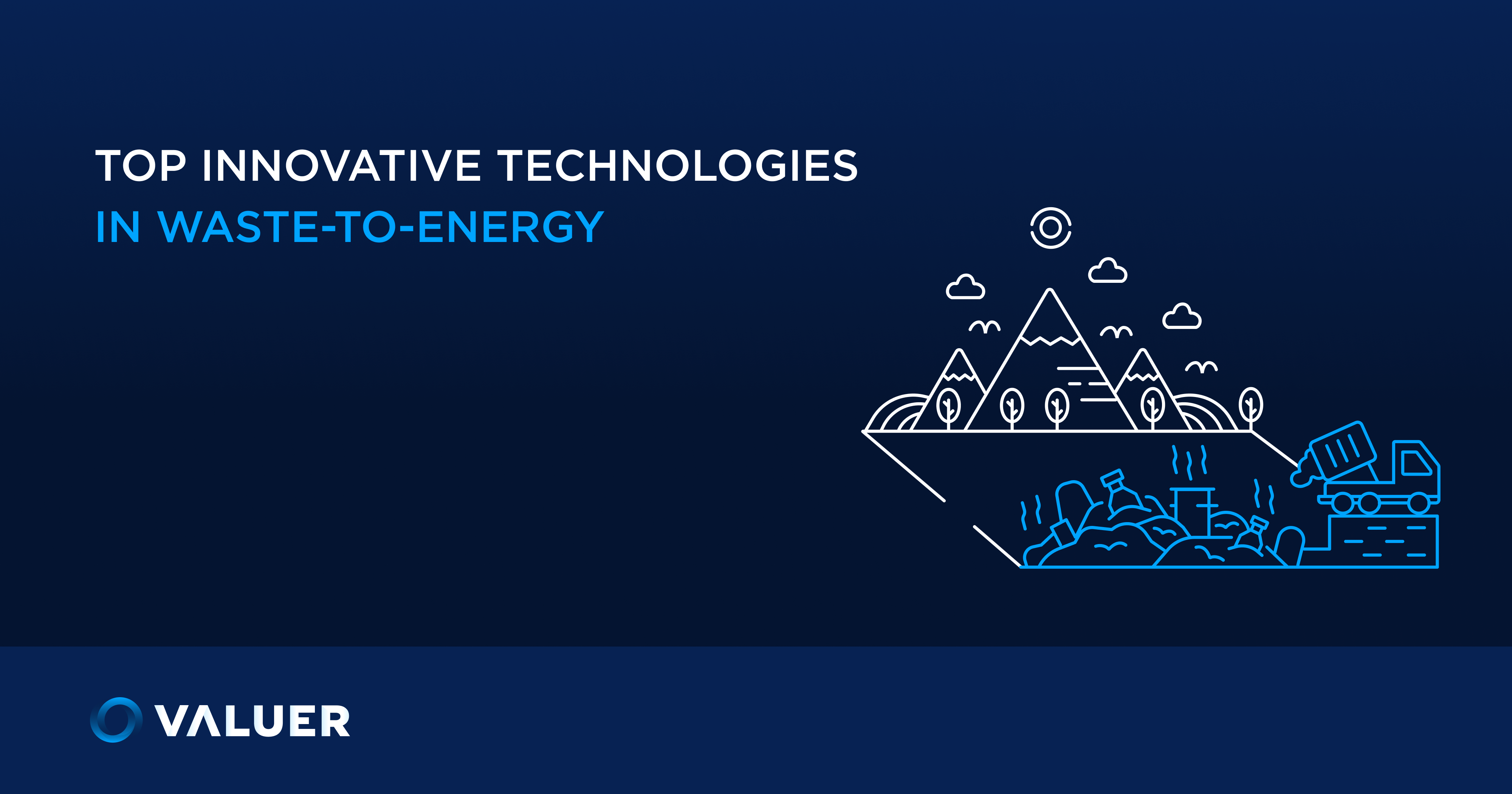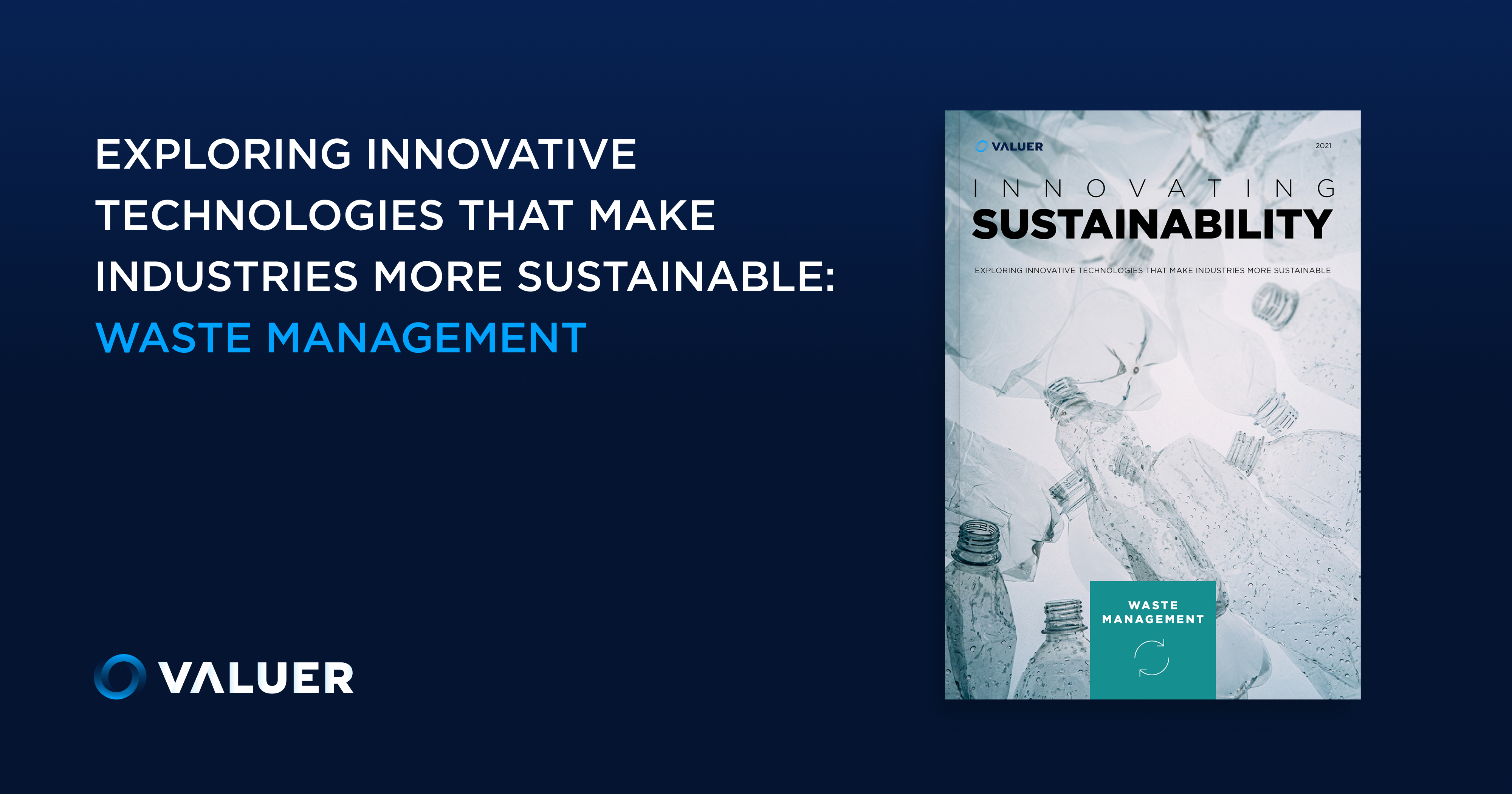Sustainable solutions hold a massive opportunity for companies and enterprises in terms of public perception and operational efficiency. The issue is being able to stay on top of the wide range of technologies and solutions being developed and employed across the board, as well as getting your hands on actionable insights with minimal recourses put in.
In this article, we are taking the sustainable technology of carbon sequestration and bringing you a technology deep dive report on the matter. Here, you will get a chance to see what aspects are included in our technology deep-dive reports and hopefully provide you with in-depth information on the technology.
What is carbon sequestration?
Carbon sequestration encompasses the processes of removing CO2 from the atmosphere and storing it in carbon sinks to increase its rate of sequestration through changes in land use and forestry and geoengineering techniques such as carbon capture and storage. In the broader sense, carbon sequestration refers to the long-term storage of carbon in plants, soils, geologic formations, and the ocean—a process that has occurred on Earth naturally. There are essentially three different types of carbon sequestration:
- Biological carbon sequestration encompasses the natural processes of storing carbon dioxide in vegetation, soils, and oceans.
- Geological carbon sequestration refers to storing carbon dioxide in underground geologic formations. This process can prolong the use of fossil fuels until another energy source is introduced on a large scale. The carbon dioxide is usually captured from an industrial source (such as steel and cement production) or an energy related source (a power plant or natural gas processing facility) and injected into porous rocks.
- Technological carbon sequestration comprises various innovative technologies for carbon removal and redirection to make it a valuable resource for production, as is the case with the graphene industry.
Carbon sequestration applications
Carbon capture technologies present a great mechanism for alleviating the carbon footprint from large point sources, namely power generation plants or industrial facilities, whose operations are mainly fossil fuel- or biomass-based. In scenarios where it is not being used on-site, the captured carbon is compressed and transported via pipelines, ship, rail, or truck, prepared for utilization across a broad range of applications, or injected into underground geological formations, which trap the gas for permanent storage.

Carbon capture technologies bear great potential for offsetting emissions from industries where reaching zero emissions is deemed economically or technically not attainable. Such technology-based approaches for carbon removal can complement and supplement projects such as afforestation and reforestation. According to the IEA, CO2 emissions are most difficult to reduce in the heavy industry sector, especially in the production of iron and steel, cement and chemicals, and long-distance transportation methods, such as trucking, shipping, and aviation.
Moreover, a report by McKinsey has identified industrial applications for captured carbon dioxide in applications where CO2 gas is used to make chemicals and plastics, including polyurethane used in products such as textiles, flooring for sports centers, and mattresses.
The benefits of carbon sequestration
Carbon capture, utilization, and storage (CCUS) technologies present a solution to decarbonizing and reducing the environmental impact of several key sectors.
Addressing emissions from existing energy infrastructure
CCUS systems can be retrofitted to existing power and industrial plants, which, if unchanged, could generate over 600 billion tonnes of CO2 over the next five decades, equal to approximately 17 years of current annual emissions.
Tackling challenging emissions
CCUS is considered among the few technologically-viable options for reducing emissions from cement production and the most cost-effective approach to curb iron, steel, and chemical manufacturing emissions. As it stands, heavy industries account for almost 20% of global carbon dioxide emissions. Moreover, captured CO2 comprises a crucial aspect of the supply chain for synthetic fuels from carbon dioxide and hydrogen, a low-carbon alternative for long-distance transport, particularly aviation.
Facilitating cost-effective production of low-carbon hydrogen
CCUS can aid the generation of low-carbon hydrogen for applications in transportation, industry, and buildings.
Presenting an advanced approach for direct carbon removal from the atmosphere
Since not all emissions can be avoided or reduced directly, CCUS can facilitate advanced carbon removal from the atmosphere and deliver a net-zero energy system.
Market maturity
Although carbon reduction technologies have existed for decades now, they are yet to be widely deployed, mainly because most are considered uneconomic; however, the trend seems to be changing. Namely, as of February 2021, the EU emissions trading system (ETS) reached a new EU carbon permit contract trade benchmark, estimated by Reuters at €97.50 per tonne.
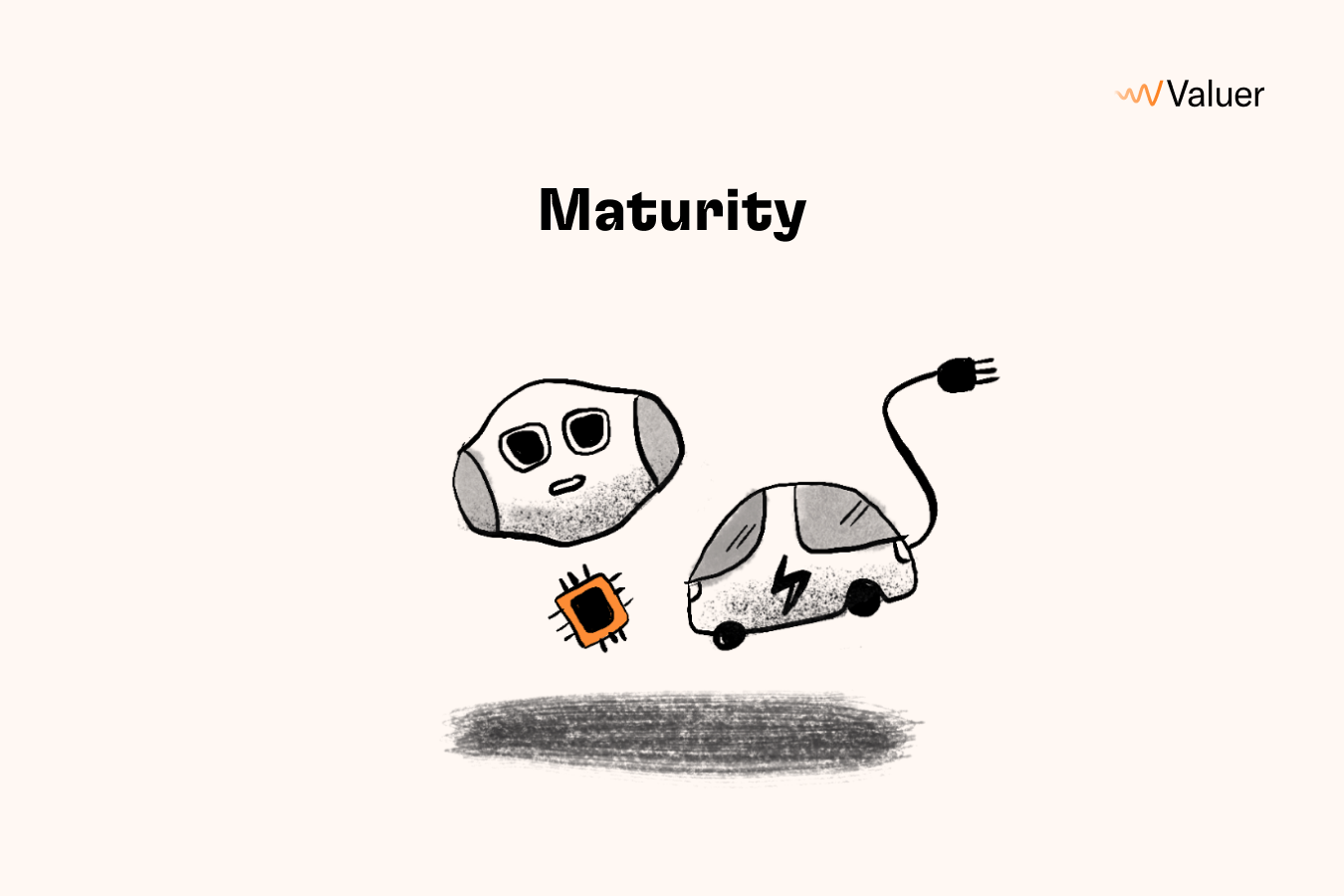
They found that the carbon price has risen more than 200% since the start of 2021, mainly due to the ascending gas prices that have led to greater coal use, which, in turn, led to increased emissions and demand for permits. As reported by IEA, on a global scale, there are 21 large-scale CCUS commercial projects with the capacity to capture up to 40 MtCO2 each year. Although the technology was utilized as early as 1972, market development stagnated until the second part of the 1990s.
At first, CCUS was used strictly for enhanced oil recovery, a concept nowadays known as geologic carbon sequestration. However, this method alone cannot mitigate the environmental footprint, prompting initiatives for direct carbon-capturing from the air.
Currently, there are 15 direct air capture plants in Europe, the United States, and Canada, most of which are small-scale. However, the first large-scale direct air capture plant has been announced to take development in the United States, with 2023 set as an estimated timeframe for setting off operation.
Market predictions
According to Allied Market Research, the global carbon capture, utilization, and storage market (CCUS) is expected to grow from $1.9 billion in 2020 to $7 billion by 2030, at a CAGR of 13.8% during the forecast period. The global demand for CCUS technologies is mainly driven by the growing focus on reducing CO2 emissions, supporting government initiatives, and surging demand for CO2 -EOR techniques.
Additionally, the increased offshore oil and gas exploration and production activities are forecasted to propel the adoption of gas injection EOR (enhanced oil recovery) practices. CCUS projects have gained momentum in recent years, reflecting keen interest in investing, including from the world’s largest oil and gas companies.
According to the IEA, since 2017, more than 30 commercial facilities have been announced. Most of the projects are planned in the United States and Europe, with some deployment also planned in Australia, China, Korea, the Middle East, and New Zealand.

Moreover, projects nearing a final investment decision represent an estimated potential investment of around $27 billion, more than double compared to 2010 and two and a half times the amount committed in 2017. If all these projects are successfully deployed, the global capacity for direct capture of CO2 emissions is expected to rise by more than three times, reaching approximately 130 Mt/ year, from around 40 million tonnes presently.
Carbon sequestration and sustainability
Carbon sequestration is one of the leading technologies researched for reducing or reversing the effects of greenhouse gasses in the atmosphere, and, as such, it directly impacts the UN’s SDG 13 - Climate Action. The technology is still not mature for widespread deployment; however, numerous studies rely on the potential impact of large-scale carbon sequestration to propose pathways toward a net-zero future.
For example, according to the IEA’s Sustainable Development Scenario, CCUS is expected to play a large part in reaching netzero targets. The scenario in which the overall carbon dioxide emissions from the energy sector decline to net-zero by 2070 envisions CCUS systems to retrofit fossil fuel-based power and industrial plants and support low-carbon hydrogen production.
By 2030, more than half of the captured CO2 is expected to come from retrofitted existing infrastructure. The technology is envisioned to capture carbon from bioenergy production, decarbonize the air, and generate climate-neutral synthetic aviation fuels.
Notably, a faster transition to net-zero increases the need for CCUS. As part of a Sustainable Development Scenario, CCUS accounts for approximately 15% of the combined reduction in emissions. Moreover, changing the timeline for net-zero emissions from 2070 to 2050 would require 50% more CCUS deployment.
Final thoughts
Carbon sequestration is a promising technology that is looking to become a major player for companies aiming to reach net-zero emission targets, especially within the transportation and manufacturing industries.
A once maybe under-utilized or under-applied technology is seeing major developments as the technology improves in terms of applicability and efficiency, as well as an increased demand as companies now see a fiscal benefit. As such, carbon sequestration and CCUS markets are looking at major growth within the next couple of years.



